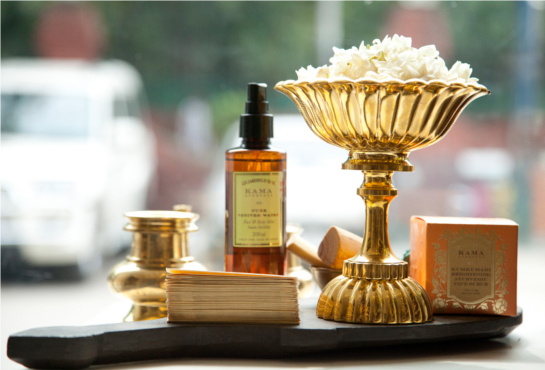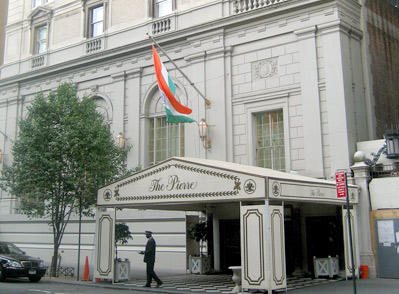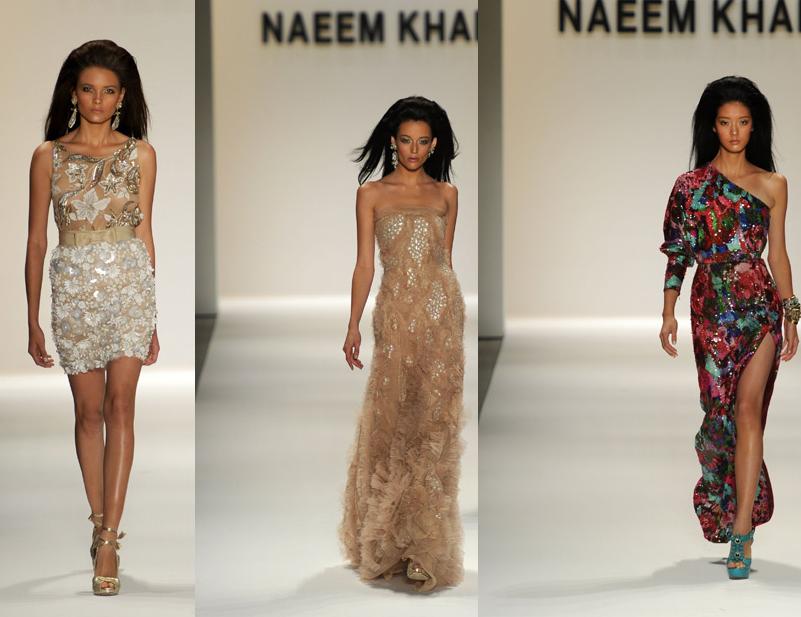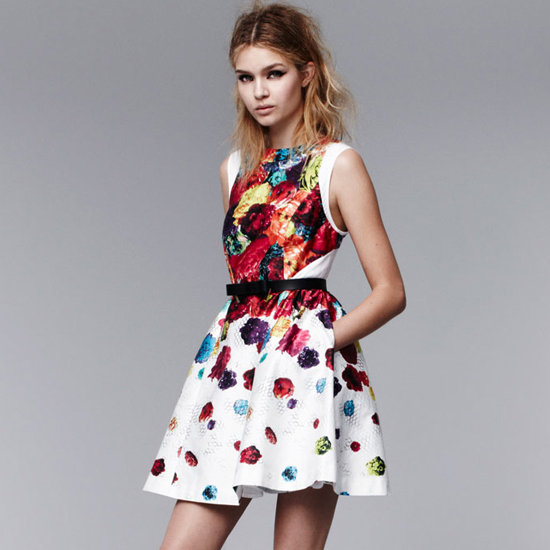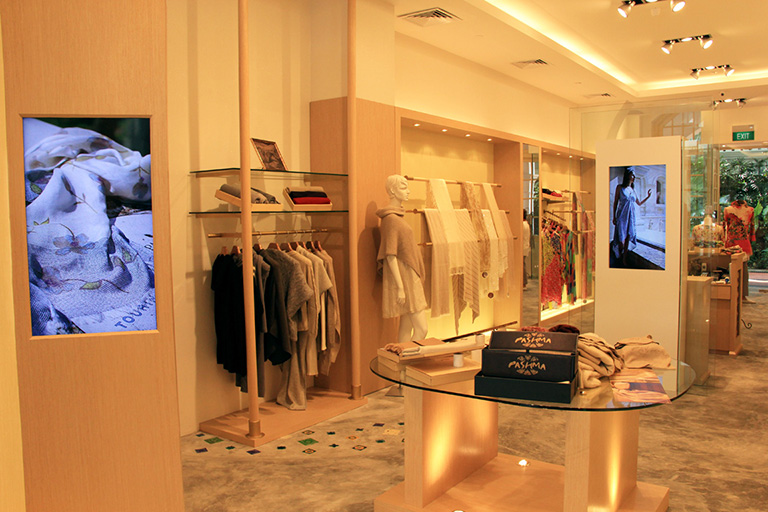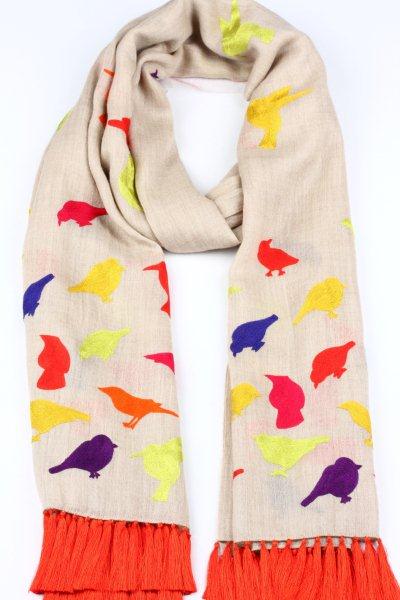Kama Aayurveda
Marketing gurus claim that luxury brand marketing is the purest form of marketing since the industry is completely driven by customer perception. New luxury brands looking to create an impact in the international market face tremendous challenge since customer perceptions are difficult to mould.
So, what makes a brand a global success? Is it the product itself, the heritage associated with the brand and the production, the craftsmanship or a great marketing strategy? I believe it is a blend of multiple factors, beginning with identifying a niche segment and positioning a high-quality product that can be differentiated from the rest by its attributes and marketing strategy.
One might think that entering an international market with a new luxury brand is challenging. However, new markets provide opportunities for brand transformation and supremacy, and several Indian brands have faced the challenged with their superior product offering, innovation and creative marketing strategies. Down the years, they have developed into strong names that are internationally recognised.
In the hospitality sector, for instance, Taj Hotels Resorts and Palaces has managed to move beyond the borders of the country to the US, UK and South Africa, with over a century of distinctly Indian heritage by leveraging their historical associations and their exemplary service standards to create a unique positioning.
The Pierre Taj Hotel, New York
Branding : Emphasising a Symbolic value
Branding is an integral part of a luxury brand and the reason a customer connects with it on an emotional level.
Luxury brands emphasise symbolic value, either functional or perceived. It determines the positioning of a luxury brand. All luxury brands are usually enveloped in a surrounding mythology and associations that are unique, memorable and desirable. After all, branding is an emotional pitch.
Kama Ayurveda, the new-ageluxury beauty brand has marketed itself internationally using both functional and perceived symbolic values. The brand’s launch strategy that involved using natural products, ayurvedic principles and selective availability in high-end spas in Europe raised its image to altogether new levels. Kama Ayurveda used ancient ayurvedic principles and the purity of its products to build a symbolic value. The brand’s European partner PureNatural conducts regular trainings and workshops for brand advisors abroad in bid to explain to them the benefits of the products and its differentiation from the rest in the skincare category.
Pashma was created as a luxury brand that presented the finest textile art from India in a global market. It created an identity that was Indian yet resonated with contemporary global lifestyle. The brand managed to transcend the exotic souvenir barrier that most Indian products are associated with, and can now match European standards of quality and design. The brand was launched in 1999 at a tradeshow in Milan and, today, is available in 900 multi-brand stores worldwide, such as Bloomingdale’s, Lane Crawford, Le Bon Marché, Henri Bendel and La Rinascente. It also has 10 standalone stores in Singapore, San Francisco, New Delhi, Mumbai, Macau and Hong Kong.
Similarly, Janavi was launched to create a global image of the ‘Made in India’ tag, with consistent quality and innovation as its mantra. Set up in 1998, Jyotika Jalani married traditional Indian skills with modern sophistication to launch Janavi. Her desire was to create exclusive timeless products and she uses nothing but the finest cashmere from the Himalayas and the best artisans to create a brand that can stand apart in the international market. Today, Janavi has managed to turn cashmere from a mere shawl into an intrinsic part of the modern woman’s wardrobe, and depends on strong word-of-mouth for its marketing.
The exclusive tag
Among the strategies adapted by brands to create this perception of exclusivity is limited geographic availability of their products, unique craftsmanship, creative expression and product features limited to a specific region. The core strength of any international luxury brand lies in its excellent handcrafting, heritage and history.
In addition to their unique positioning, successful Indian brands have successfully used the perception of exclusivity to their advantage.
Jewellery brand Ganjam, jewellers to the royal families of India since 1889, entered the global luxury market in 2002. Their marketing strategy is based on this heritage story, in addition, of course, to their superior quality and innovative designs. Ganjam also promotes the brand through the annual properties that it sponsors – such as the Ganjam Jaipur Polo trophy at the Guards Club, London, an event that serves as a tool for customer relationship management.
Though Ganjam has strong heritage and history backing it, newer brands like Pashma and Janavi have used the unique craftsmanship of fine wool weaving – a centuries old tradition exclusive to India and hence to these brands.
Prabal Gurung design collaboration with Target
Catching up with the West
No brand can succeed in the global world of luxury without following international standards and norms. There is a need for luxury brands to project consistency and continuity at every touch point.
Through Jalani’s perseverance and creativity, Janavi has managed to enter some of the largest temples of luxury brands, namely Bergdorf Goodman, Saks Fifth Avenue and Brown’s. “From the very beginning, our aim was to take the ‘Made in India’ tag global and let it speak of consistent quality and innovation,” she says.
Kama Ayurveda’s packaging is very contemporary and mentions all the ingredients of the product. The brand also has certifications that allow it to sell in European markets. It was a matter of chance, of course, that the brand’s superior product was noticed by luxury promoters. In 2003, a team from Parfumerie Generale, Paris noticed the brand in India and started importing the range for their stores in France. The brand gradually grew, tying up with distributors around the world, and today is available in over 50 countries.
Pashma opened its third freestanding store in Singapore – after Changi Airport and Marina Bay Sands hotel – at the shopping arcade of the iconic Raffles Hotel. The brand also has a standalone store at The Venetian Macao Resort Hotel. All retail outlets have the same look and feel and, of course, the same product quality.
Pashma store at the Raffles, Singapore
The emergence of desi global designers
Not only have Indian luxury brands gone international, but the last decade has seen several Indian fashion brands leaving their mark in mature markets like the US.
Naeem Khan created a name for himself by using Indian craftsmanship and our country’s love for bling on clothes that are worn by celebrities and socialites like America’s First Lady Michelle Obama, Beyonce, Taylor Swift, Lady Gaga and Penelope Cruz. His exquisite creations have also graced the silver screen in fashion films like Sex & the City and Dreamgirls. Naeem is known for his distinct beaded work and intricate embroidery – again values like craftsmanship which are taken from their Indian heritage.
Bibhu Mohapatra moved to New York City from Bhubaneswar in Orissa and enrolled in the Fashion Institute of Technology after completing his Master’s degree in economics. Mohapatra’s eponymous label launched its first collection during New York Fashion Week in 2009. The brand is currently sold at Bergdorf Goodman, Neiman Marcus and select specialty boutiques across North America, Europe, Russia and the Middle East. To date, celebrities such as Hilary Swank, Glenn Close, Kristen Wiig, Elizabeth Moss and Debby Ryan have worn his designs. And the latest feather in his cap is dressing the US First Lady, Michelle Obama. Mohapatra’s design philosophy includes sourcing from luxury fashion concept and mixing it with something unexpected.
His show-stopping gowns are much appreciated and are a natural extension to both his luxury fashion training and his Indian heritage. Incredibly, for his first collection, he used a material made of hand-woven peacock feathers, an old heritage fabric favoured by royalty, crafted in Varanasi.
Prabal Gurung, another master of fashion creation, launched his eponymous brand in February 2009 with a philosophy encompassing modern luxury, indelible style and an astute sense of glamour. Gurung was born in Singapore and raised in Kathmandu, Nepal. After beginning his design career in New Delhi, he moved to New York, to complete his education at Parsons The New School for Design.
Probably one of the only globally loved designers from Nepal, he is influenced by London-based Indian artist Anish Kapoor. “As much as I love his work, what I was really intrigued by was how parallel his life and mine were,” Gurung told Vogue US in September 2012, explaining that both had left their South Asian homelands and created a name for themselves abroad.
Prabal Gurung, Bibhu Mohapatra and Naeem Khan are three designers with roots in the Indian subcontinent and are considered in the top league on the US fashion scene. Interestingly, these designers don’t retail from India, at least not yet.
Janavi
Nirav Modi, an Indian jeweler and a brand by himself, on the other hand retails from, and creates his magnificent pieces, in India. He aspires to be the Laurence Graffe of India and made headlines in 2010 when his ‘Lotus’ necklace, which featured a rare Golconda diamond, was auctioned by Christie’s for US$3 million. In 2013, Forbes listed him under new billionaires with a net worth of US$1 billion. According to him, his brand blends the finest diamonds with the best craftsmanship. “There are three things that we stand for – the best diamonds, exquisite craftsmanship and timeless design. Everything that you see from our brand could have been used 20 years ago and can also be used 20 years hence. Our jewellery is very versatile and can be used by all age groups, be it a 20-year-old girl or a 60-year-old woman.”
So while Indians look towards the west to get their quota of luxury, it may be worthwhile to note that Indian designers and lovers of fashion and some Indian brands have made foreign markets bow down to their creativity. The art and design world knows no boundaries. We might be from different cultures, follow different trends, but good style, design and aesthetic sense is universal. India’s heritage of old-age craftsmanship finds many takers abroad. All we need to do is market and brand it for international markets.
Developing and managing a luxury brand effectively is a part of a painstakingly long process. A new brand entering international markets it needs to be backed not just by creative and innovative techniques but also consistent integrated strategy, rigorous management control and constant auditing. Most brands that have succeeded in doing this have also intelligently balanced their timeless image though heritage aspects even as they project a contemporary image.

